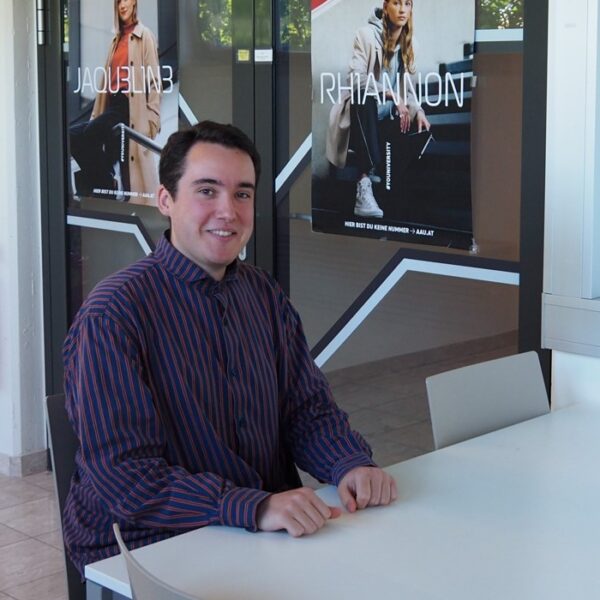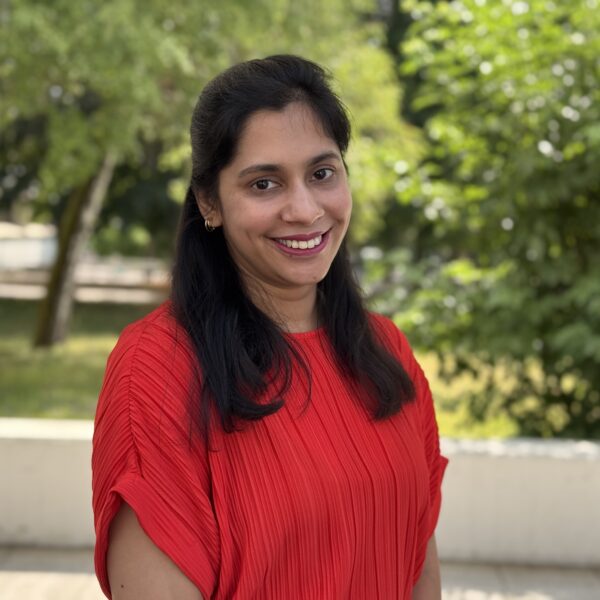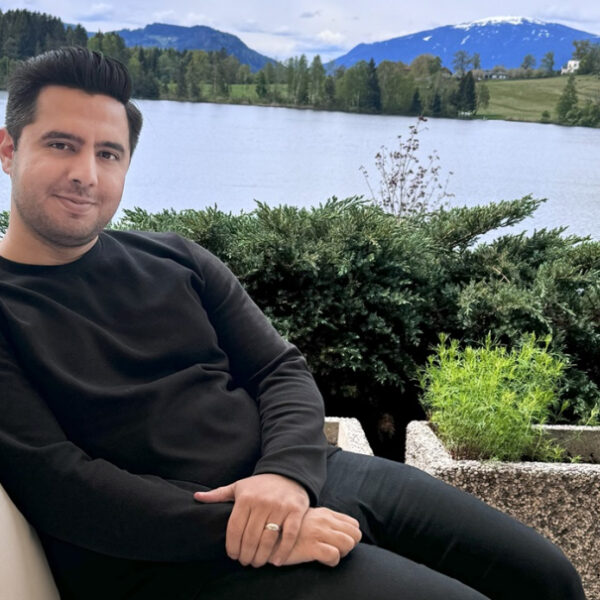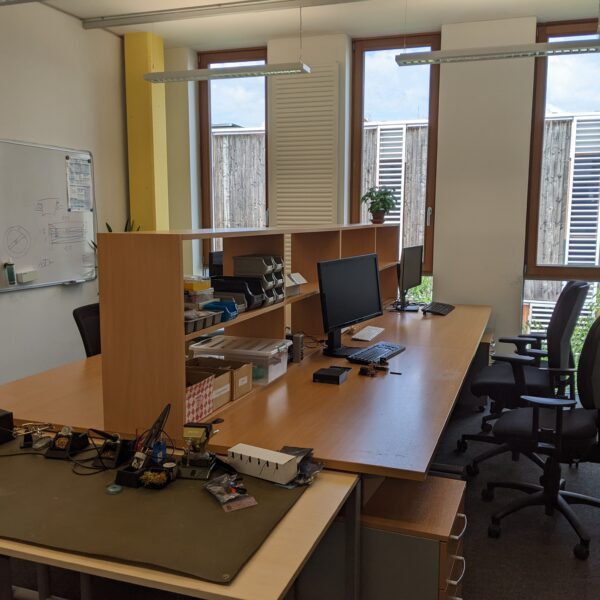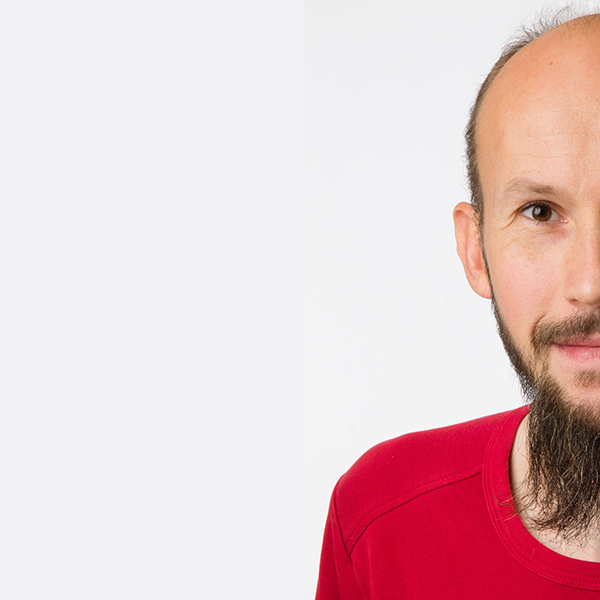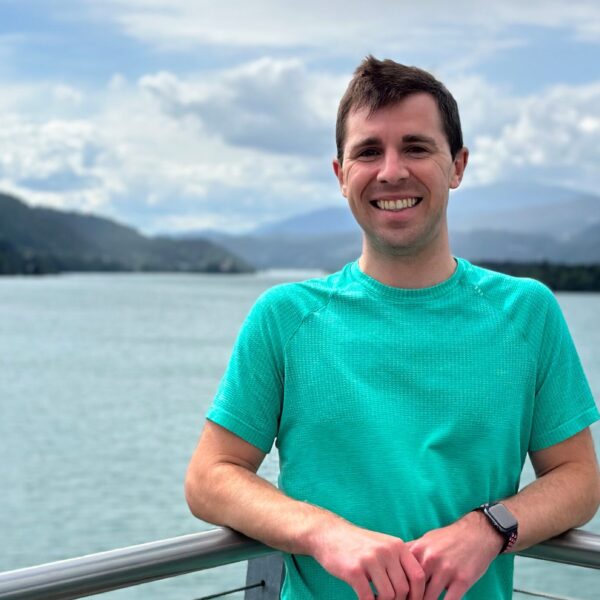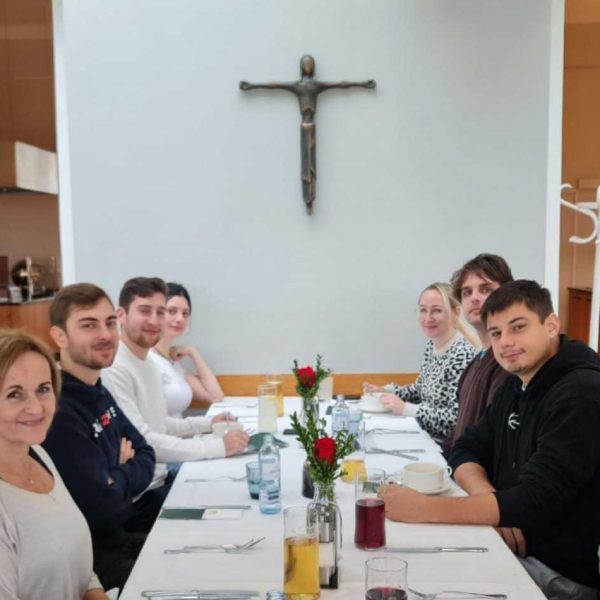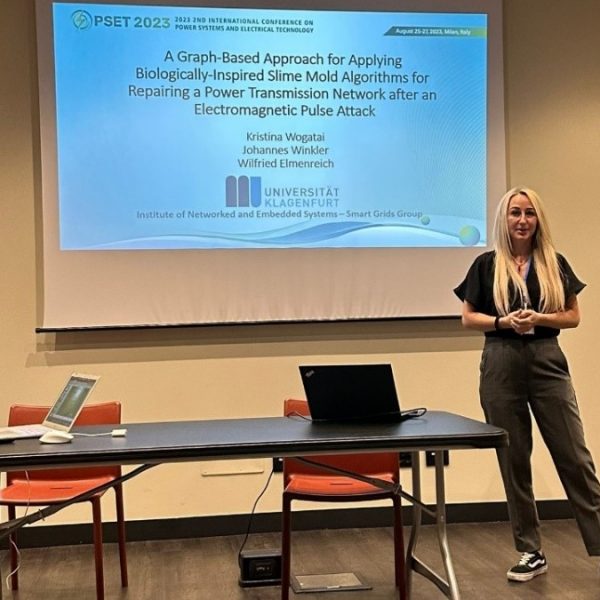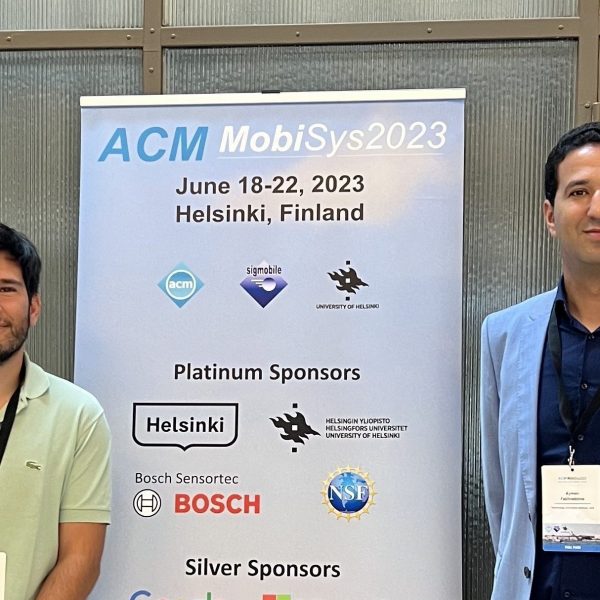Christoph Rauter is in his sixth semester of studying Information and Communications Engineering at the University of Klagenfurt, and is currently writing his Bachelor’s thesis. He took courses at the university while still in secondary school. During his studies he has also worked as a tutor at the university for […]
News
A challenge for swarm robotics: using multiple drones to jointly transport a package
Whenever a package weighing more than a drone needs to be transported to a disaster area, it takes several mini drones to get the job done. Aamna Piracha is researching decentralized formation control and collaborative slung payload transport with multiple UAVs operating as a collective system. She is particularly interested […]
Robot swarms that scan an entire area
Many hands make light work: the same applies to multiple robots and drones, which are capable of quickly scanning large areas, and can also clean or inspect them. Khalil Al-Rahman Youssefi’s doctoral thesis focuses on developing new technologies that allow swarms of robots to fully map an area using a […]
Cyber-physical systems lab gets an upgrade
In the Smart Grids Group at the Institute of Networked and Embedded Systems, our Cyber-Physical Systems Lab may be small, but it is packed with potential. Over the years, our students have tackled some fascinating projects, from developing a smart meter measuring system [1] and implementing the RAPSim microgrid simulator […]
Achieving wireless communication between devices
Udo Schilcher, Senior Researcher at the Institute of Networked and Embedded Systems, recently completed his post-doctoral university teaching qualification (habilitation) in Information and Communications Engineering. His research centres on improving communication between individual devices without connecting them via cables. There are potential applications in all wireless networks, from mobile phone […]
Self-fulfilling prophecies: What causes a bank to fail?
We talk about self-fulfilling prophecies when something we have predicted comes true as a result of our conscious and unconscious actions. Jack Bryson, university assistant in the Ada Lovelace Programme, is using modelling and simulations to find out which social science phenomena can cause banks to fail. We encounter self-fulfilling […]
NES Workshop 2023
In the academic landscape, the importance of visibility in research and teaching cannot be overstated. This sentiment was at the forefront of discussions during our recent institute workshop, where participants focused on the intricate dynamics of attracting, recruiting, and lecturing. The two-day workshop, organized under the umbrella topic of “Visibility […]
Power grid restoration with a slime mold algorithm
After an extensive period of comprehensive research, encompassing literature review, hypothesis formulation, modeling, implementation, and several weeks of simulation, we showcased our paper titled “A Graph-Based Approach for Applying Biologically-Inspired Slime Mold Algorithms for Repairing a Power Transmission Network after an Electromagnetic Pulse Attack” at the 2nd International Conference on […]
Digitization and sustainability: strategic visions for sustainable development
Digitization and sustainability are in the spotlight in both science and politics. Exploring the connections and areas of tension between digitization and sustainability makes it possible to identify new challenges and prospects of sustainable development. The thematic link between digitization and sustainability affects an essential area of our lives and […]
Interference by drones to ground users
Aerial drones connected to cellular networks can affect the throughput of common cell phone users. System-level simulation results were presented at an ACM MobiSys workshop earlier this week. Today’s commercial drones rely on Wi-Fi and proprietary technologies for wireless connectivity. Alternatively, drones could connect to cellular networks, like 5G, which […]

